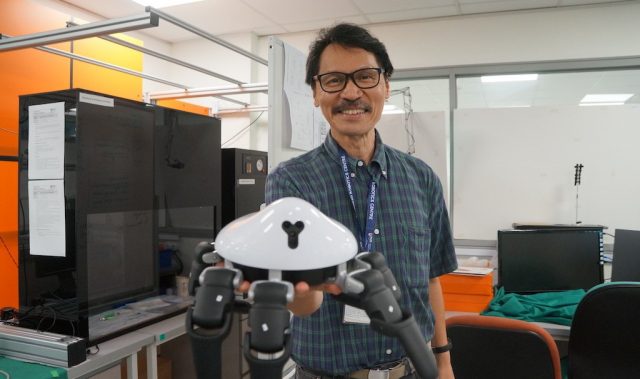
AsianScientist (Sep. 21, 2021) – Compared to humans, computers are faster and more accurate and precise—or at least, they are supposed to be. But dig a little deeper beneath the surface and you’ll find inexactness and imperfection. Most of us who use them every day might not know this, but mathematical calculations on computers have a dirty little secret: they can’t count.
Don’t believe me? Try adding 0.1 and 0.2 using the standard format of floating point representation. While a human mind would quickly arrive at the answer of 0.3, a computer would end up with an answer like 0.2999998 or 0.3000002—close, but no cigar.
The reason is that while humans understand that adding integers like 1 and 2 will make exactly 3, computers don’t think in decimals and need to convert them to a format they do understand: binary floating point. This representation isn’t perfect, leading to rounding errors and poor reproducibility.
If that seems like a let down, look no further because a new data type called posits now offer greater accuracy for less computational resources. Pioneered by Dr. John Gustafson, a professor at the National University of Singapore, posit arithmetic and its applications have advanced in leaps and bounds since their introduction in 2017.
Researchers in Asia and globally have kept the ball rolling, ushering in new developments that may soon enable posits to light up our computers in full force.












